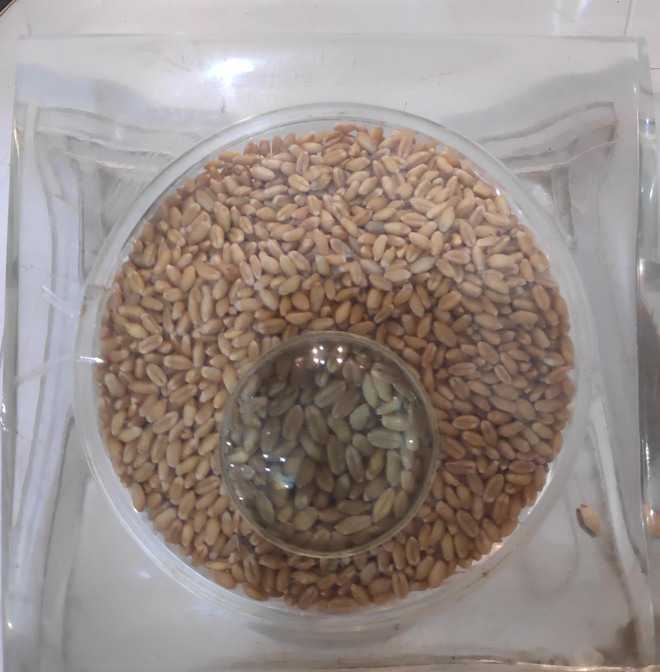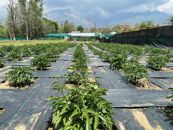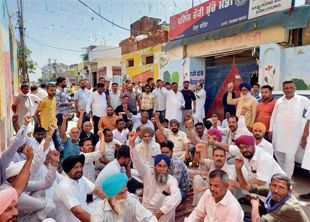
Late-sown variety of wheat (DBW173)
Aakanksha N Bhardwaj
Tribune News Service
Jalandhar, January 7
The agrarian crisis has remained the most unsolved issue in the country. Farmers say that nothing is left in farming now as there is no income and they are only suffering losses. But the Indian Institute of Wheat and Barley Research, working under the Indian Council for Agricultural Research (ICAR), has come up with an idea to help farmers earn more by sowing various crops.
Institute experts said this during the five-day Indian Science Congress that concluded here today.
The institute has recently developed a late-sown variety of wheat (DBW173) which scientists claim that gives the highest yield within a period of 120 days only and is also disease-resistant.
As per information, the majority of the farmers complete the process of sowing of the wheat till November 15 and they avoid late-sown varieties due to less yields. But according to the institute experts, this variety would help them in sowing other crops too and provide good yield.
Dr Mangal Singh, Assistant Chief Technical Officer of the institute, said this variety had been released by the institute last month only.
He said the average yield of this variety was 47.2 quintal/ hectare and if grown in favourable conditions, it could give up to 57 quintals per hectare which was better than other varieties.
“Also, it gets matured in 120 days. We have tested and tried this crop near areas near Ludhiana,” said Singh.
As per information received from agriculture experts, the other late-sown varieties, which were recommended in the state, gives an average yield of around 36 quintals per hectare.
The agricultural experts said this variety would give enough space and time to the farmers and would boost the cropping pattern too.
“If this happens, then the farmers can sow any other crops after harvesting rice. Also, there is usually less time left for farmers to manage the rice stubble as there is a difference of only 15 days between the rice harvesting and sowing of the wheat as incorporating stubble in the field is a tough task to complete in 15 days. If a good late-sown variety is available, farmers would have sufficient time to manage the stubble and besides, they can take other short-duration crops such as vegetables, potatoes, sarson and pulses in the mean time,” said Naresh Gulati, agriculture officer.



























